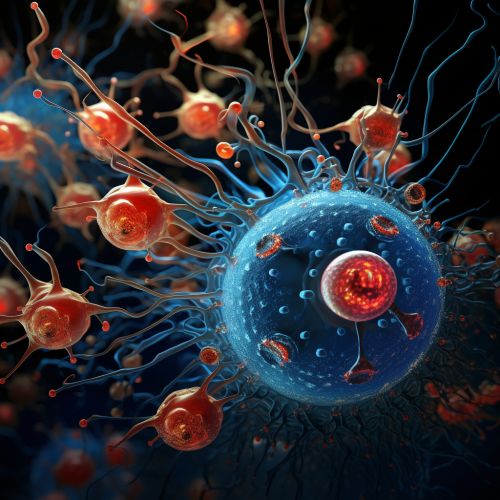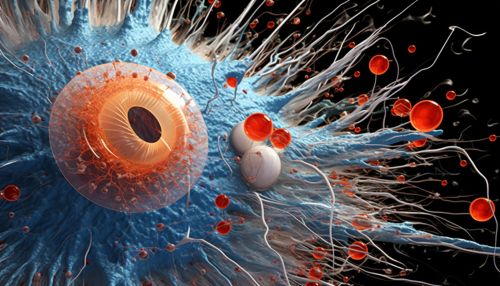The Role of Autophagy in Cell Survival and Death
Introduction
Autophagy, from the Greek auto- (self) and -phagy (eating), is a cellular process that involves the degradation and recycling of unnecessary or dysfunctional cellular components. It is a survival mechanism that allows cells to adapt to various stresses, such as nutrient deprivation, infection, and oxidative stress. However, excessive or uncontrolled autophagy can also lead to cell death, a process known as autophagic cell death.


Role in Cell Survival
Autophagy plays a crucial role in maintaining cellular homeostasis by removing damaged organelles and proteins, and providing the cell with essential nutrients and building blocks. It is activated in response to various stress conditions, such as nutrient deprivation, hypoxia, and oxidative stress.
The process of autophagy begins with the formation of a double-membrane structure called the phagophore, which engulfs the cellular components to be degraded. This forms an autophagosome, which then fuses with a lysosome to form an autolysosome. The contents of the autolysosome are then degraded by lysosomal enzymes and recycled back into the cytosol.
Autophagy also plays a role in immunity by eliminating intracellular pathogens and presenting antigens to the immune system. Moreover, it is involved in the regulation of inflammation and the adaptive immune response.
Role in Cell Death
While autophagy is primarily a survival mechanism, excessive or uncontrolled autophagy can lead to cell death. This is known as autophagic cell death, or type II programmed cell death. It is distinct from apoptosis (type I programmed cell death) and necrosis (uncontrolled cell death), and is characterized by the accumulation of autophagic vacuoles in the dying cell.
Autophagic cell death can be triggered by various stimuli, including excessive oxidative stress, ER stress, and certain anticancer drugs. It is thought to play a role in various pathological conditions, including neurodegenerative diseases, cardiovascular diseases, and cancer.
Regulation of Autophagy
The process of autophagy is tightly regulated by a complex network of signaling pathways and proteins. The key regulator of autophagy is the mammalian target of rapamycin (mTOR) pathway, which inhibits autophagy under nutrient-rich conditions and activates it under nutrient-poor conditions.
Other important regulators of autophagy include the AMP-activated protein kinase (AMPK) pathway, the Unc-51 like autophagy activating kinase 1 (ULK1) complex, and the Beclin-1 complex. These proteins and pathways interact in a complex manner to regulate the initiation, progression, and termination of autophagy.
Autophagy in Disease
Dysregulation of autophagy has been implicated in a variety of diseases, including cancer, neurodegenerative diseases, and infectious diseases. In cancer, autophagy can have both tumor-suppressive and tumor-promoting roles, depending on the context. In neurodegenerative diseases, impaired autophagy can lead to the accumulation of toxic protein aggregates, while in infectious diseases, autophagy can either promote or inhibit pathogen survival.
Conclusion
In conclusion, autophagy is a complex cellular process that plays a crucial role in cell survival and death. It is tightly regulated by a network of signaling pathways and proteins, and its dysregulation can lead to various diseases. Further research is needed to fully understand the mechanisms and functions of autophagy, and to develop therapeutic strategies targeting this process.
